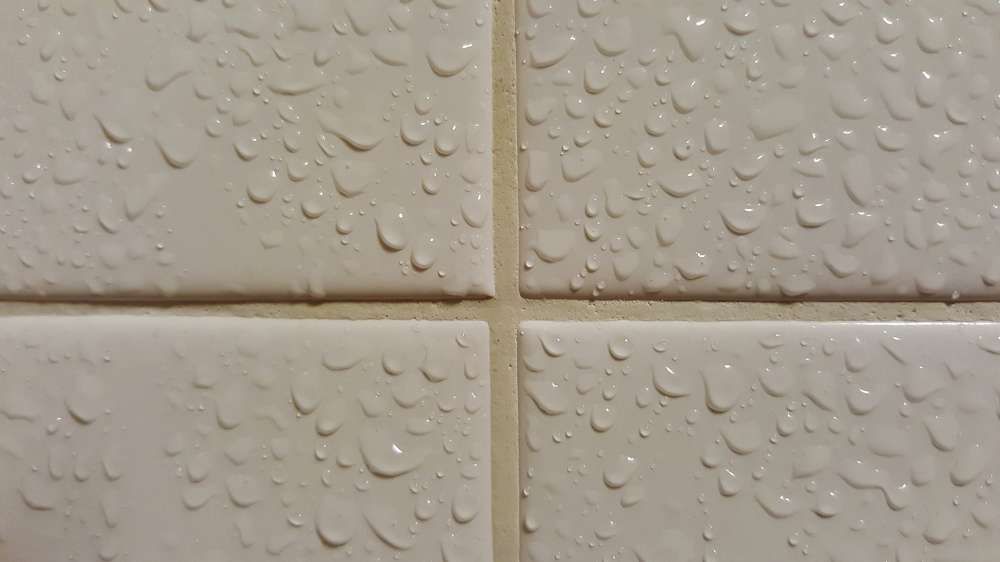
Epoxy Tile Grout Application: Enhancing Durability and Aesthetics
When it comes to tiling projects, the choice of grout can significantly impact the overall durability and appearance of the finished surface. Among the various options available, epoxy tile grout stands out as a versatile and high-performance choice. This article will delve into the benefits of epoxy tile grout, where and when to use it, and its application process.
**Benefits of Epoxy Tile Grout**
1. **Durability:** Epoxy grout is renowned for its exceptional durability and resistance to moisture, stains, chemicals, and wear. This makes it an ideal option for areas prone to heavy traffic, moisture exposure, and frequent cleaning, such as kitchens, bathrooms, and commercial spaces.
2. **Stain Resistance:** Unlike traditional cementitious grouts, epoxy tile grout repels stains and is less likely to discolor over time. This makes it particularly suitable for areas where spills and splashes are common, ensuring the grout lines maintain their original appearance.
3. **Color Retention:** Epoxy tile grout retains its color over the long term, ensuring a consistent and vibrant look for your tiled surfaces. This is especially advantageous for projects where color accuracy is crucial.
4. **Flexibility:** Epoxy grout is highly resistant to cracking and shrinking, making it an excellent choice for installations over substrates that may experience slight movement.

**Where and When to Use Epoxy Tile Grout**
1. **High-Traffic Areas:** Epoxy grout's durability and resistance to wear and tear make it ideal for high-traffic areas such as entryways, hallways, and commercial spaces.
2. **Wet Environments:** Spaces exposed to moisture, such as bathrooms, showers, and swimming pool areas, benefit from epoxy tile grout's waterproof properties, preventing water infiltration and mold growth.
3. **Kitchen Backsplashes and Countertops:** Epoxy grout's stain resistance and ease of cleaning make it suitable for kitchen installations, where spills and cooking residues are common.
4. **Outdoor Installations:** While epoxy grout is primarily recommended for indoor use, some formulations are designed for outdoor applications, offering enhanced weather resistance.

**Application Process**
1. **Surface Preparation:** Ensure that the tile surface is clean, dry, and free from any debris or contaminants. This provides a clean canvas for the epoxy grout application.
2. **Mixing:** Follow the manufacturer's instructions to mix the epoxy tile grout components thoroughly. Be cautious of the pot life, as epoxy tile grout tends to set relatively quickly.
3. **Application:** Apply the epoxy grout using a rubber float, working it into the joints between the tiles. Ensure that the grout lines are completely filled and level with the tile surface.
4. **Cleaning:** After the grout has cured slightly(usually after 30-60 minutes), use a damp sponge to wipe away excess grout from the tile surface. Continue wiping until the tiles are clean and the grout lines are neatly defined.
5. **Curing:** Allow the grout to cure according to the manufacturer's recommendations. This period may vary depending on the product and environmental conditions.

In conclusion, epoxy tile grout offers a host of benefits that cater to both aesthetics and functionality. Its remarkable durability, stain resistance, and color retention make it an attractive choice for a variety of applications, particularly those subjected to heavy usage and moisture exposure. By following the proper application process, you can achieve stunning and long-lasting results that enhance the overall appeal of your tiled spaces.
Summary:
When it comes to tiling projects, the choice of grout can significantly impact the overall durability and appearance of the finished surface. Let's where and when to use it epoxy tile grout
Time:
2023-08-29
More News
